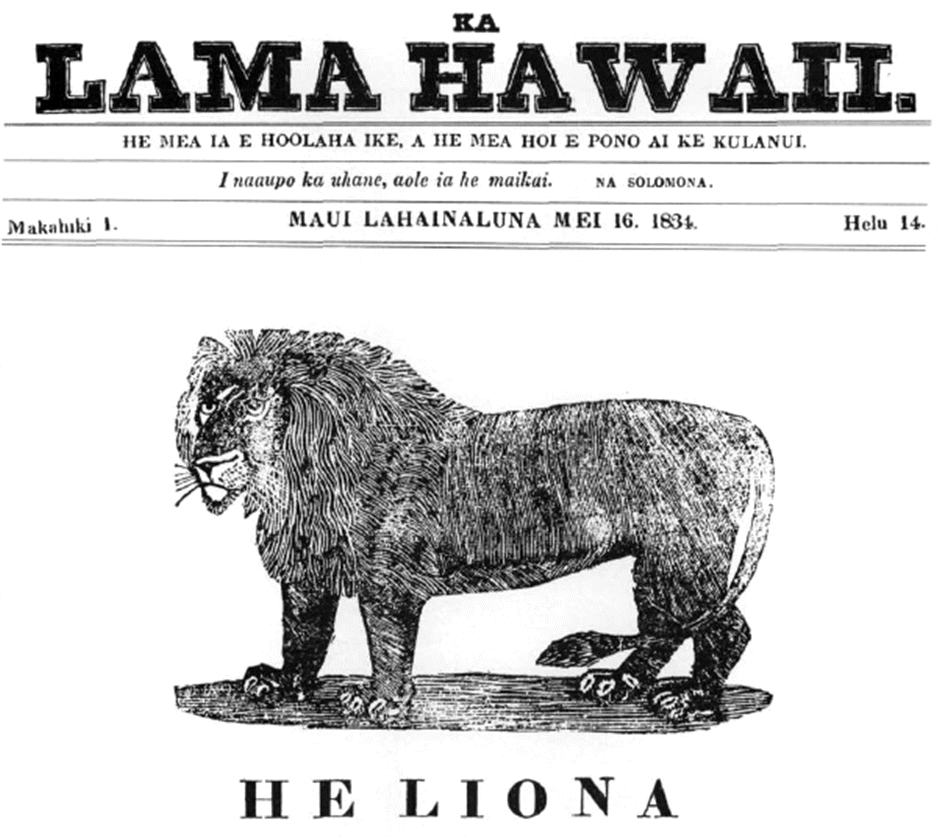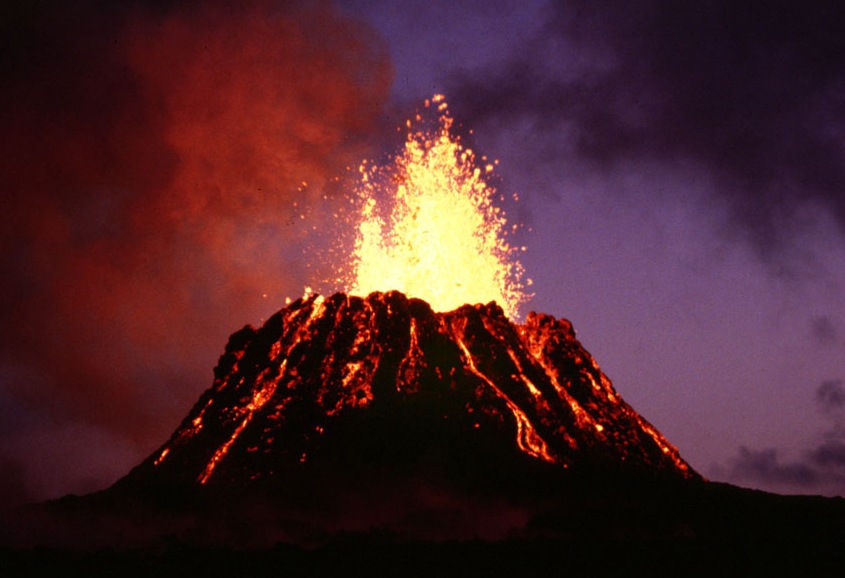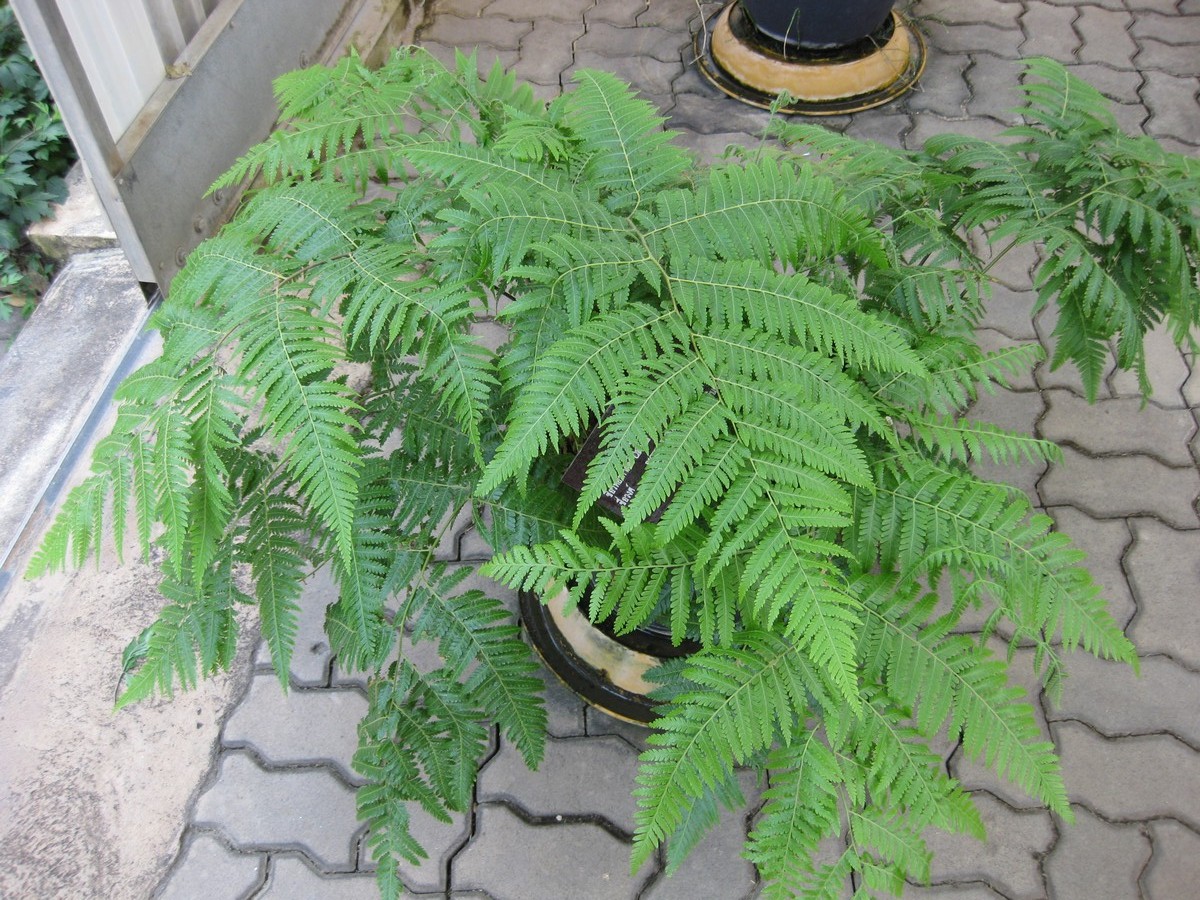|
Cibotium Glaucum
''Cibotium glaucum'', the hāpu‘u pulu, is a species of fern in the family Cyatheaceae, native to Hawaii. A slow-growing tree fern typically tall but reaching , it is hardy in USDA zones 10 through 12. Its fiddleheads are the source of the material pulu, which means "mulch" or "padding" in the Hawaiian language. Women used pulu as an absorbent during their menstrual cycles. See also * Olaa Forest in Hawaiʻi Volcanoes National Park Hawaii Volcanoes National Park is a national park of the United States located in Hawaii on the island of Hawaii. The park encompasses two active volcanoes: Kīlauea, one of the world's most active volcanoes, and Mauna Loa, the world's largest s ... References glaucum Endemic flora of Hawaii Plants described in 1832 Native ferns of Hawaii {{Cyatheales-stub ... [...More Info...] [...Related Items...] OR: [Wikipedia] [Google] [Baidu] |
Jardin Botanique De Lyon
The Jardin botanique de Lyon (English: Botanical Garden of Lyon), also known as the Jardin botanique du Parc de la Tête d'Or (Botanical Garden of the Golden Head), is an municipal botanical garden located in the Parc de la Tête d'or in the 6th arrondissement of Lyon, France. It is open weekdays without charge. History The garden was established in 1857 as a successor to earlier botanical gardens dating to 1796; it is now described as France's largest municipal botanical garden. It contains about 15,000 plants, including 3,500 plants of temperate regions, 760 species of shrubs, a hundred species of wild roses, 750 varieties of historical roses, 200 varieties of peony, peonies recognised by the ''Conservatoire Français des Collections Végétales Spécialisées'' (CCVS), 1,800 species of alpine plants, 50 varieties of Nymphaeaceae, water lilies, as well as 6,000 species in its greenhouses. The garden's greenhouses enclose a total of in area, and include a central pavilion for ... [...More Info...] [...Related Items...] OR: [Wikipedia] [Google] [Baidu] |
James Edward Smith (botanist)
Sir James Edward Smith (2 December 1759 – 17 March 1828) was an English botanist and founder of the Linnean Society. Early life and education Smith was born in Norwich in 1759, the son of a wealthy wool merchant. He started studying botanical science when he was eighteen. In 1781 he enrolled in the medical course at the University of Edinburgh, where he studied chemistry under Joseph Black, natural history under John Walker, and botany under John Hope, an early teacher of Linnaean taxonomy. He moved to London in 1783 to continue his studies and became a friend of Sir Joseph Banks, who was offered the entire collection of books, manuscripts and specimens of the Swedish natural historian and botanist Carl Linnaeus following the death of his son Carolus Linnaeus the Younger. Banks declined the purchase, but Smith borrowed money from his father and bought the collection for the price of £1,000 in 1784. Smith was elected a Fellow of the Royal Society in 1785. Academic ca ... [...More Info...] [...Related Items...] OR: [Wikipedia] [Google] [Baidu] |
William Jackson Hooker
Sir William Jackson Hooker (6 July 178512 August 1865) was an English botany, botanist and botanical illustrator, who became the first director of Kew Gardens, Kew when in 1841 it was recommended to be placed under state ownership as a botanic garden. At Kew he founded the Kew Herbarium, Herbarium and enlarged the gardens and arboretum. Hooker was born and educated in Norwich. An inheritance gave him the means to travel and to devote himself to the study of natural history, particularly botany. He published his account of an expedition to Iceland in 1809, even though his notes and specimens were destroyed during his voyage home. He married Maria, the eldest daughter of the Norfolk banker Dawson Turner, in 1815, afterwards living in Halesworth for 11 years, where he established a herbarium that became renowned by botanists at the time. He held the post of Regius Professor of Botany at Glasgow University, where he worked with the botanist and lithographer Thomas Hopkirk and e ... [...More Info...] [...Related Items...] OR: [Wikipedia] [Google] [Baidu] |
Cyatheaceae
The Cyatheaceae are a family of ferns, the scaly tree ferns, one of eight families in the order Cyatheales in the Pteridophyte Phylogeny Group classification of 2016 (PPG I). Alternatively, the family may defined much more broadly (Cyatheaceae '' sensu lato'') as the only family in the Cyatheales, with the PPG I family treated as the subfamily Cyatheoideae. The narrower circumscription is used in this article. The family includes the world's tallest tree ferns, which reach heights up to 20 m. They are also very ancient plants, appearing in the fossil record in the late Jurassic, though the modern genera likely appeared in the Cenozoic. Cyatheaceae are the largest family of tree ferns, including about 640 species. Cyatheaceae and Dicksoniaceae, together with Metaxyaceae and Cibotiaceae, do not form a strongly supported monophyletic group and could be paraphyletic, but several individual subgroups are well supported as being monophyletic. Cyatheaceae are leptosporangiate fer ... [...More Info...] [...Related Items...] OR: [Wikipedia] [Google] [Baidu] |
Tree Fern
Tree ferns are arborescent (tree-like) ferns that grow with a trunk (botany), trunk elevating the fronds above ground level, making them trees. Many extant tree ferns are members of the order Cyatheales, to which belong the families Cyatheaceae (scaly tree ferns), Dicksoniaceae, Metaxyaceae, and Cibotiaceae. It is estimated that Cyatheales originated in the early Jurassic, and is the third group of ferns known to have given rise to tree-like forms. The others are the extinct ''Tempskya'' of uncertain position, and Osmundales where the extinct Guaireaceae and some members of Osmundaceae also grew into trees. In addition there were the Psaroniaceae including ''Tietea'' in the Marattiaceae, Marattiales, which is the sister group to all the leptosporangiate ferns. Other ferns which are also tree ferns, are ''Leptopteris'' and ''Todea'' in the family Osmundaceae, which can achieve short trunks under a metre tall. Osmunda regalis is sometimes considered a tree fern. Fern species with s ... [...More Info...] [...Related Items...] OR: [Wikipedia] [Google] [Baidu] |
Hardiness Zone
A hardiness zone is a geographic area defined as having a certain average annual minimum temperature, a factor relevant to the survival of many plants. In some systems other statistics are included in the calculations. The original and most widely used system, developed by the United States Department of Agriculture (USDA) as a rough guide for landscaping and gardening, defines 13 zones by long-term average annual extreme minimum temperatures. It has been adapted by and to other countries (such as Canada) in various forms. A plant may be described as "hardy to zone 10": this means that the plant can withstand a minimum temperature of . Unless otherwise specified, in American contexts "hardiness zone" or simply "zone" usually refers to the USDA scale. However, some confusion can exist in discussing buildings and HVAC, where "climate zone" can refer to the International Energy Conservation Code zones, where Zone 1 is warm and Zone 8 is cold. Other hardiness rating schemes have been ... [...More Info...] [...Related Items...] OR: [Wikipedia] [Google] [Baidu] |
Pulu (material)
Pulu is a silky material obtained from the fibers of the hapuu pulu (''Cibotium glaucum''), a tree fern of Hawaii. It is made of the brown hairs that cover the young fiddlehead as it uncoils. Ancient Hawaii In ancient Hawaii, pulu (which means "mulch" or "padding" in the Hawaiian language) was used to embalm the dead. Women used pulu as an absorbent during their menstrual cycle. When their time came around, they were isolated to a house called the ''hale pea'' or menstrual house. Men were strongly discouraged to set foot on the grounds of the hale pea, by strict social custom known as '' kapu''. Hawaiians organized the hapuu fern into two genders; male and female. Males had the tough pulu, and females had the soft pulu. All soiled pulu was then buried around the hale pea. 19th-century industry For a period in the 19th century, pulu was collected, dried, and exported to California commercially as pillow and mattress stuffing. A stone structure in Hawai'i Volcanoes National Park ... [...More Info...] [...Related Items...] OR: [Wikipedia] [Google] [Baidu] |
Hawaiian Language
Hawaiian (', ) is a critically endangered Polynesian language of the Austronesian language family, originating in and native to the Hawaiian Islands. It is the native language of the Hawaiian people. Hawaiian, along with English, is an official language of the U.S. state of Hawaii. King Kamehameha III established the first Hawaiian-language constitution in 1839 and 1840. In 1896, the Republic of Hawaii passed Act 57, an English-only law which subsequently banned Hawaiian language as the medium of instruction in publicly funded schools and promoted strict physical punishment for children caught speaking the Hawaiian language in schools. The Hawaiian language was not again allowed to be used as a medium of instruction in Hawaii's public schools until 1987, a span of 91 years. The number of native speakers of Hawaiian gradually decreased during the period from the 1830s to the 1950s. English essentially displaced Hawaiian on six of seven inhabited islands. In 2001, native ... [...More Info...] [...Related Items...] OR: [Wikipedia] [Google] [Baidu] |
Menstrual Cycle
The menstrual cycle is a series of natural changes in hormone production and the structures of the uterus and ovaries of the female reproductive system that makes pregnancy possible. The ovarian cycle controls the production and release of eggs and the cyclic release of estrogen and progesterone. The uterine cycle governs the preparation and maintenance of the lining of the uterus (womb) to receive an embryo. These cycles are concurrent and coordinated, normally last between 21 and 35 days, with a median length of 28 days. Menarche (the onset of the first period) usually occurs around the age of 12 years; menstrual cycles continue for about 30–45 years. Naturally occurring hormones drive the cycles; the cyclical rise and fall of the follicle stimulating hormone prompts the production and growth of oocytes (immature egg cells). The hormone estrogen stimulates the uterus lining ( endometrium) to thicken to accommodate an embryo should fertilization occur. The blood suppl ... [...More Info...] [...Related Items...] OR: [Wikipedia] [Google] [Baidu] |
Olaa Forest
Olaa (Olaʻa or ‘Ōla‘a) is a site name in Hawaii that may refer to: * Olaa Forest on Mauna Loa, in the Hawaiʻi Volcanoes National Park * Olaʻa banana hedyleptan moth * ʻOlaʻa peppered looper moth * ʻOlaʻa flume on Mauna Loa Mauna Loa (, ; ) is one of five volcanoes that form the Island of Hawaii in the U.S. state of Hawaii in the Pacific Ocean. Mauna Loa is Earth's largest active volcano by both mass and volume. It was historically considered to be the largest ... The acronym OLAA may refer to: * Our Lady of the Angels Academy (OLAA) {{disambiguation, geo ... [...More Info...] [...Related Items...] OR: [Wikipedia] [Google] [Baidu] |
Hawaiʻi Volcanoes National Park
Hawaii Volcanoes National Park is a national park of the United States located in Hawaii on the island of Hawaii. The park encompasses two active volcanoes: Kīlauea, one of the world's most active volcanoes, and Mauna Loa, the world's largest shield volcano. The park provides scientists with insight into the development of the Hawaiian Islands and access for studies of volcanism. For visitors, the park offers dramatic volcanic landscapes, glimpses of rare flora and fauna, and a view into the traditional Hawaiian culture connected to these landscapes. The park was originally established on August 1, 1916, as ''Hawaii National Park'', which was then split into this park and Haleakalā National Park. In recognition of its outstanding natural values, Hawaii Volcanoes National Park was designated as an International Biosphere Reserve in 1980 and a World Heritage Site in 1987. In 2012, the park was depicted on the 14th quarter of the America the Beautiful Quarters series. On May 11, ... [...More Info...] [...Related Items...] OR: [Wikipedia] [Google] [Baidu] |
Cibotium
''Cibotium'' (from Greek , ''kibṓtion'', "little chest" or "box"), also known as manfern, is a genus of 11 species of tropical tree ferns. It is the only genus in family Cibotiaceae in the Pteridophyte Phylogeny Group classification of 2016 (PPG I). Alternatively, the family may be treated as the subfamily Cibotioideae of a very broadly defined family Cyatheaceae, the family placement used for the genus in Plants of the World Online . Species , Plants of the World Online accepted the following species and hybrids: Some extinct species have also been placed in this genus: *†'' Cibotium iwatense'' Ogura *†'' Cibotium oregonense'' Barrington Phylogeny Distribution Species of the genus are distributed fairly narrowly in Hawaii (four species, plus a hybrid, collectively known as ''hāpuu''), Southeast Asia (five species), and the cloud forests of Central America and Mexico (two species). The natural habitat of ''Cibotium'' is among the dripping trees and stream gullies of th ... [...More Info...] [...Related Items...] OR: [Wikipedia] [Google] [Baidu] |






